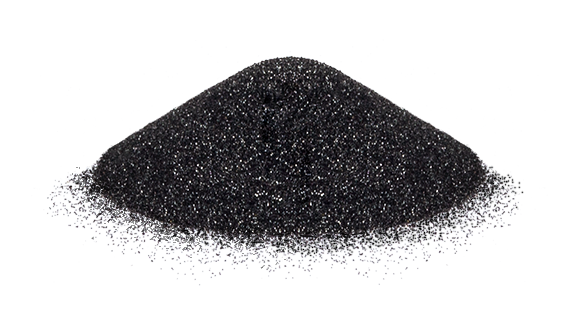How to crush superhard materials?

Superhard materials mainly refer to materials such as diamond, cubic boron nitride, corundum, silicon carbide, etc., which are much harder than other materials. Superhard materials are suitable for manufacturing tools for processing other materials, especially in processing hard materials. They have incomparable advantages and occupy an irreplaceable important position. For this reason, superhard materials have been widely used in industry. So how to achieve ultrafine grinding of superhard materials?
1. Traditional mechanical crushing method
The earliest crushing method is to crush hard materials into smaller particles through a series of mechanical equipment. The main equipment of this method includes jaw crusher, cone crusher, impact crusher, etc. The advantage of traditional mechanical crushing is that it can be applied to various materials and the cost is relatively low. However, the efficiency of mechanical crushing is not high, the degree of crushing of materials is difficult to accurately control, and it is easy to generate dust and noise.
2. High-pressure grinding method
High-pressure grinding method is a method of crushing hard materials by using high pressure to cause multiple collisions and frictions under the action of abrasive particles. Compared with traditional mechanical crushing methods, high-pressure grinding method can crush hard materials more efficiently, and can accurately control the degree of crushing, and the powder particles produced are uniform and fine. However, the cost of high-pressure grinding method is high, the operation is difficult, and professional technology and equipment are required.
3. Ultrasonic crushing
Ultrasonic crushing is a method of crushing material particles by using high-frequency vibration of ultrasound. This method is suitable for materials with high hardness and easy deformation, and has the advantages of high crushing efficiency, fine and uniform powder particles, and convenient operation. However, the degree of crushing of ultrasonic crushing is difficult to control, and the equipment requirements are very high.
